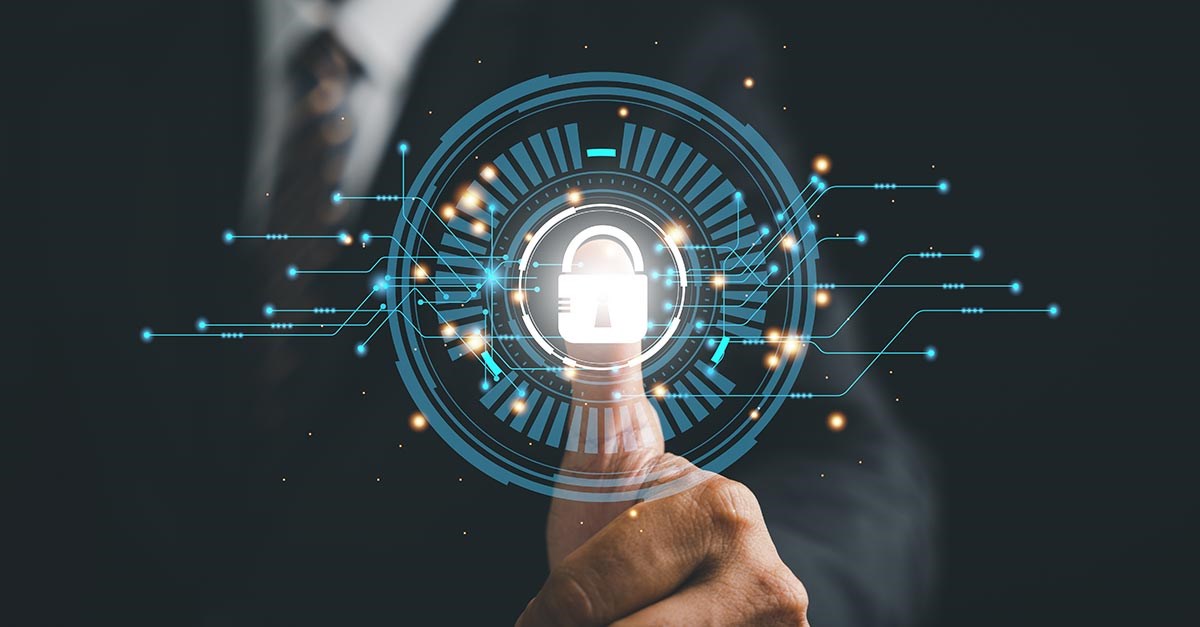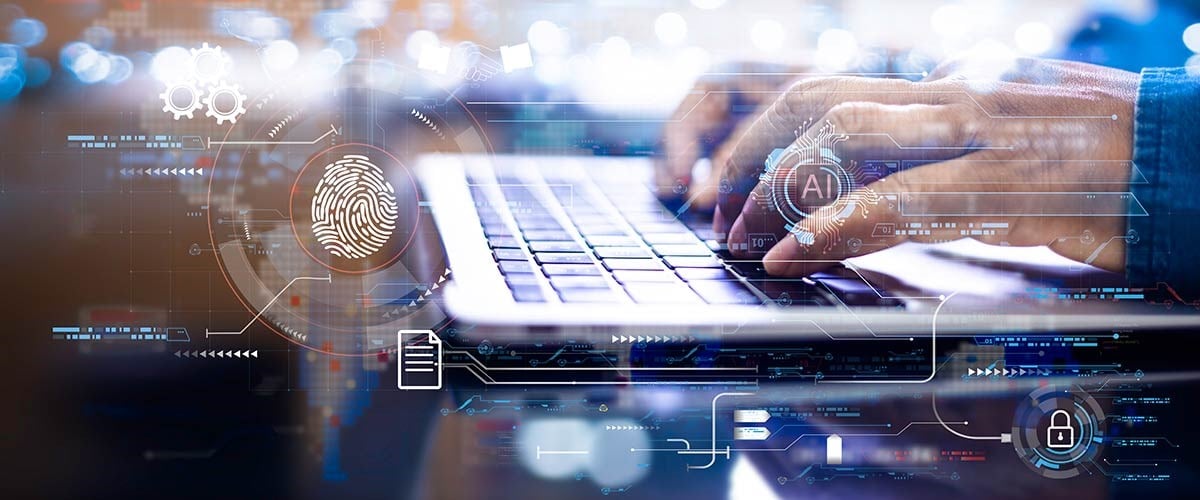
1. Understand the Basics of Biometrics and Security Keys
2. Train Users and Implement Gradually
3. Consider Backup Authentication Methods
Best Practices for Implementing Security Keys and Biometrics
A significant challenge facing IT managers and tech-centric professionals is the protection of their network environment from cyberattacks. A major way to achieve this is by adopting multifactor authentication methods such as security keys and biometrics. While these protective measures can provide a robust defense against unauthorized access, successful implementation requires careful planning and execution. This article highlights some best practices for incorporating security keys and biometrics into your security plan.
1. Understand the Basics of Biometrics and Security Keys
Before implementation, it is crucial to understand what these security measures entail. Biometrics refers to authentication techniques that rely on the unique physical or behavioral characteristics of individuals, like fingerprints or voice patterns. On the other hand, security keys are physical devices used for two-factor authentication (2FA), providing an additional layer of security beyond just passwords.
These systems comply with Fast Identity Online (FIDO) and FIDO2 standards, enabling passwordless login experiences across websites and apps. They also support Client to Authenticator Protocol (CTAP) and Web Authentication (WebAuthn) for secure, passwordless authentication and secure device-to-device communication.
2. Train Users and Implement Gradually
The key to a successful implementation is user acceptance and understanding. Take the time to educate your users about the purpose, benefits, and operation of biometrics and security keys. Provide training sessions or workshops to familiarize them with the new system and address any concerns or questions they may have. By involving users from the early stages and gradually implementing the new system, such as starting with a small team, you allow them to become comfortable with the technology. It also provides an opportunity to identify and resolve any issues or challenges before expanding to the entire organization, ensuring a smoother transition overall.

3. Consider Backup Authentication Methods
While biometrics and security keys offer enhanced security, it's crucial to have backup authentication methods as a failsafe. There may be situations where users forget their security keys or experience temporary issues with their biometric data, such as a damaged fingerprint or facial recognition failure. By having alternative authentication options like traditional passwords or PINs in place, users can still access systems and data when needed, maintaining productivity and minimizing disruptions.
4. Manage Devices Efficiently
Efficient device management is essential for maintaining the security integrity of your network. Keep a comprehensive record of all devices that utilize biometrics or security keys, along with their assigned users. Implement a centralized device management system that allows you to track the status of each device, monitor their usage, and quickly respond to any security incidents. In cases where a device is lost or stolen, it's crucial to deactivate it promptly to prevent unauthorized access to sensitive information. Regularly review and update your device management processes to ensure they align with evolving security requirements.

5. Avoid Common Pitfalls
One common pitfall to avoid is neglecting software updates for biometric and security key devices. Regularly check for firmware and software updates provided by the manufacturers. These updates often include patches that address known vulnerabilities, strengthening the overall security of the devices. Establish a well-defined process for keeping all devices up to date, ensuring that the latest security patches are applied promptly.
Additionally, it's important not to rely solely on biometrics and security keys as the sole security measures. They should be part of a broader security strategy that incorporates multiple layers of protection. This strategy may include implementing firewalls, utilizing anti-malware software, practicing secure network configurations, and educating users about safe online practices. By adopting a holistic approach to security, you create a more robust defense against potential threats and ensure comprehensive protection for your organization's data and resources.
Conclusion
Implementing security keys and biometrics can significantly bolster your network's security, protecting sensitive data from cyber threats. However, it requires a strategic approach that includes user training, careful device management, and the provision of backup authentication methods. As you embark on this journey towards enhanced digital security, remember the words of Benjamin Franklin, "An ounce of prevention is worth a pound of cure." So, don't wait until a security breach occurs. Take proactive measures today with security keys and biometrics.
Kensington offers a comprehensive range of biometric solutions that provide substantially higher assurance for security-conscience consumers and enterprise customers.
Learn more about Kensington’s Biometric Security Solutions.